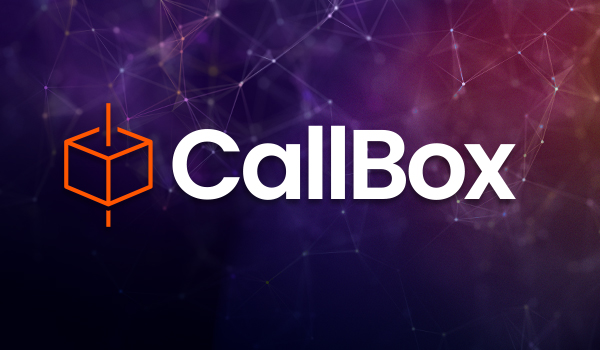Operations departments are responsible for ensuring that an organization’s processes run efficiently and effectively. As the operational landscape becomes more complex, machine learning has become more impactful (and necessary) for helping operations organizations to optimize their processes. Specifically, implementing machine learning solutions to predict future events can be invaluable to operations departments.
Predictive Analytics Helps Operations Organizations:
- Minimize risks: Predicting otherwise unforeseen events and disruptions can eliminate delays that result in lost productivity and revenue.
- Plan production schedules: Accurate predictions can help to minimize delays, reduce lead times, and improve on-time delivery rates.
- Manage inventory levels: Models can enable more accurate and efficient inventory management, which can lead to cost savings and improved customer satisfaction.
- Optimize their supply chain: Predictions can help to reduce lead times, improve on-time delivery rates, and minimize inventory holding costs.
- Reduce operating costs: Machine learning can help to identify areas of inefficiency and recommend cost-saving measures.
Machine learning has revolutionized the way organizations operate by enabling the analysis of large and disparate data to uncover insights that were previously difficult or impossible to identify. Machine learning is commonly applied in businesses to predict the likelihood of future events. We will expand on two common uses of predictive analytics leveraged by operations organizations.
Predictive Analytics Applications for Operations:
Predictive maintenance is an approach that leverages machine learning to predict equipment failure and perform maintenance before failure occurs. Machine learning plays a critical role in predictive maintenance by analyzing data from sensors and other sources to identify patterns that indicate when equipment is likely to fail. This allows organizations to detect problems before they occur. By analyzing data from multiple sources, including historical data and real-time sensor data, predictive maintenance models can identify when a piece of machinery is likely to fail based on factors such as the age of the equipment and the operating environment. This allows the operations department to:
- Schedule maintenance proactively. This helps avoid downtime and reduce repair and maintenance costs. By performing maintenance at the optimal time, organizations can reduce the amount of time and resources required to maintain equipment.
- Optimize equipment performance. By analyzing data from sensors, predictive maintenance solutions can identify patterns in equipment performance that indicate when it is operating at optimal levels. This information can be used to adjust equipment settings, leading to improved performance and energy efficiency.
- Improve inventory management. By predicting when equipment will need maintenance or repair, the operations department can plan for the necessary parts and supplies in advance.
- Optimize scheduling. By predicting when equipment will need maintenance, the operations department can plan for downtime in advance. This allows the department to schedule maintenance during periods of low demand, minimizing the impact on production schedules.
Demand forecasting using machine learning involves analyzing historical sales data, seasonality, trends, economic indicators, and other relevant factors to predict future demand. By accurately forecasting demand, organizations can better manage their resources, reduce waste, and improve customer satisfaction. This means the operations department can benefit from the following:
- Managing inventory more efficiently. By accurately forecasting demand, the operations department can adjust inventory levels to avoid stockouts and overstocks. This can lead to reduced inventory carrying costs, lower storage costs, and less waste from expired or obsolete products.
- Optimizing supply chain management. By accurately predicting demand, organizations can work with their suppliers to ensure that they have the necessary materials and components available when needed. This can help to reduce lead times, improve delivery performance, and minimize the risk of supply chain disruptions.
- Identifying trends and patterns in customer behavior that may not be apparent from traditional forecasting methods. For example, machine learning models can analyze social media data and customer reviews to identify changes in customer preferences and sentiment, which can be used to adjust production processes and inventory levels.
- Improving pricing strategies. By analyzing market trends and customer behavior, machine learning models can identify optimal pricing strategies that maximize revenue and profitability. For the operations department, this means they can adjust production schedules and inventory levels to match demand at different price points.
Demand forecasting and predictive maintenance are essential functions of an operations department that helps organizations plan and optimize their production processes. Machine learning can help organizations to improve their operational excellence by analyzing data from various systems to function proactively, ultimately saving the company time and money, and improving customer satisfaction.









